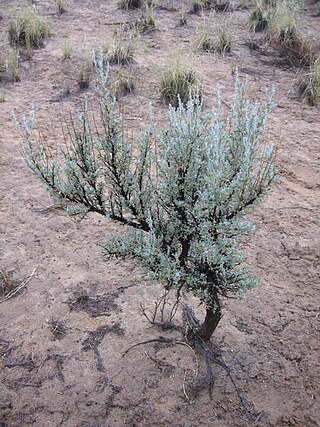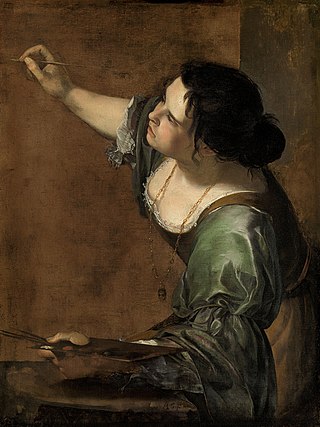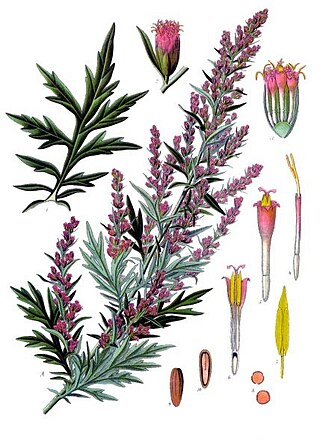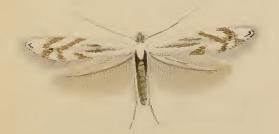
Tarragon, also known as estragon, is a species of perennial herb in the family Asteraceae. It is widespread in the wild across much of Eurasia and North America and is cultivated for culinary and medicinal purposes.

Artemisia I of Caria was a queen of the ancient Greek city-state of Halicarnassus, which is now in Bodrum, present-day Turkey. She was also queen of the nearby islands of Kos, Nisyros and Kalymnos, within the Achaemenid satrapy of Caria, in about 480 BC. She was of Carian-Greek ethnicity by her father Lygdamis I, and half-Cretan by her mother. She fought as an ally of Xerxes I, King of Persia against the independent Greek city states during the second Persian invasion of Greece. She personally commanded her contribution of five ships at the naval battle of Artemisium and at the naval Battle of Salamis in 480 BC. She is mostly known through the writings of Herodotus, himself a native of Halicarnassus, who praises her courage and relates the respect in which she was held by Xerxes.

Artemisia is a large, diverse genus of plants belonging to the daisy family Asteraceae, with between 200 and 400 species. Common names for various species in the genus include mugwort, wormwood, and sagebrush.

Artemisia vulgaris, the common mugwort, is a species of flowering plant in the daisy family Asteraceae. It is one of several species in the genus Artemisia commonly known as mugwort, although Artemisia vulgaris is the species most often called mugwort. It is also occasionally known as riverside wormwood, felon herb, chrysanthemum weed, wild wormwood, old Uncle Henry, sailor's tobacco, naughty man, old man, or St. John's plant. Mugworts have been used medicinally and as culinary herbs.

Artemisia tridentata, commonly called big sagebrush, Great Basin sagebrush or simply sagebrush, is an aromatic shrub from the family Asteraceae.

Artemisia II of Caria was a naval strategist, commander and the sister and the successor of Mausolus, ruler of Caria. Mausolus was a satrap of the Achaemenid Empire, yet enjoyed the status of king or dynast of the Hecatomnid dynasty. After the death of her brother/husband, Artemisia reigned for two years, from 353 to 351 BCE. Her ascension to the throne prompted a revolt in some of the island and coastal cities under her command due to their objection to a female ruler. Her administration was conducted on the same principles as that of her husband; in particular, she supported the oligarchical party on the island of Rhodes.

Artemisia Lomi or Artemisia Gentileschi was an Italian Baroque painter. Gentileschi is considered among the most accomplished 17th-century artists, initially working in the style of Caravaggio. She was producing professional work by the age of 15. In an era when women had few opportunities to pursue artistic training or work as professional artists, Gentileschi was the first woman to become a member of the Accademia di Arte del Disegno in Florence and she had an international clientele.

Artemisia absinthium, otherwise known as common wormwood, is a species of Artemisia native to North Africa and temperate regions of Eurasia, and widely naturalized in Canada and the northern United States. It is grown as an ornamental plant and is used as an ingredient in the spirit absinthe and some other alcoholic beverages.

Mugwort is a common name for several species of aromatic flowering plants in the genus Artemisia. In Europe, mugwort most often refers to the species Artemisia vulgaris, or common mugwort. In East Asia the species Artemisia argyi is often called "Chinese mugwort" in the context of traditional Chinese medicine, Ngai Chou in Cantonese or àicǎo (艾草) in Mandarin. Artemisia princeps is a mugwort known in Korea as ssuk (쑥) and in Japan as yomogi (ヨモギ). While other species are sometimes referred to by more specific common names, they may be called simply "mugwort" in many contexts.

Artemisia campestris is a common and widespread species of plants in the sunflower family, Asteraceae. It is native to a wide region of Eurasia and North America. Common names include field wormwood, beach wormwood, northern wormwood, Breckland wormwood, boreal wormwood, Canadian wormwood, field sagewort and field mugwort.

Artemisia is a 1997 French-German-Italian biographical film about Artemisia Gentileschi, the female Italian Baroque painter. The film was directed by Agnès Merlet, and stars Valentina Cervi and Michel Serrault.

Sagebrush is the common name of several woody and herbaceous species of plants in the genus Artemisia. The best known sagebrush is the shrub Artemisia tridentata. Sagebrushes are native to the North American west.

Coleophora granulatella is a moth of the family Coleophoridae. It is known from most of Europe to China. It was recently reported from North America, with records from Alberta, British Columbia, Yukon, Arizona, Colorado, Michigan, Wyoming and Washington.

Bucculatrix ratisbonensis is a moth of the family Bucculatricidae. It is found from Fennoscandia to Italy and from Germany to Russia. It was described in 1861 by Henry Tibbats Stainton.

300: Rise of an Empire is a 2014 American epic historical action film directed by Noam Murro from a screenplay by Zack Snyder and Kurt Johnstad, based on the then-unpublished comic book limited series Xerxes by Frank Miller. A follow-up to 300 (2006), it takes place before, during, and after the main events of that film, and is a fictionalized retelling of the Battle of Artemisium and the Battle of Salamis in the Greco-Persian Wars. The cast includes Lena Headey, Peter Mensah, David Wenham, Andrew Tiernan, Andrew Pleavin, and Rodrigo Santoro reprising their roles from the first film, alongside Sullivan Stapleton, Eva Green, Hans Matheson, and Callan Mulvey.

Trypeta zoe, the daisy leafminer, is a species of tephritid or fruit flies in the genus Trypeta of the family Tephritidae.

Scrobipalpa proclivella is a moth of the family Gelechiidae. It is found in large parts of Europe, east to the southern Ural Mountains and Siberia.

Bucculatrix noltei is a moth in the family Bucculatricidae. It is found from Finland to Belgium, Italy and the Crimea and from the Netherlands to Central Russia. It was described by August Arthur Petry in 1912.
Bucculatrix laciniatella is a moth in the family Bucculatricidae. It was described by Per Benander in 1931. It is found from Sweden and the southern part of European Russia to Japan (Honshu).


















